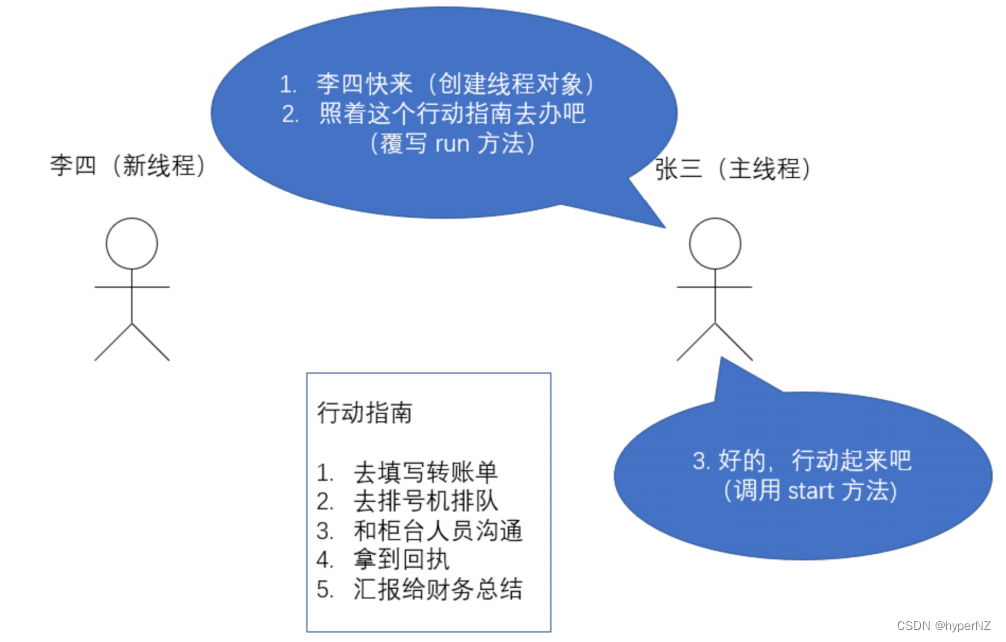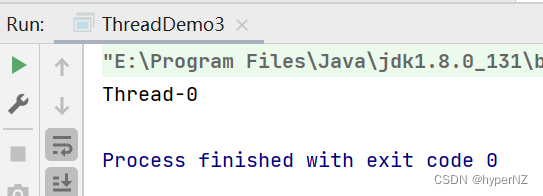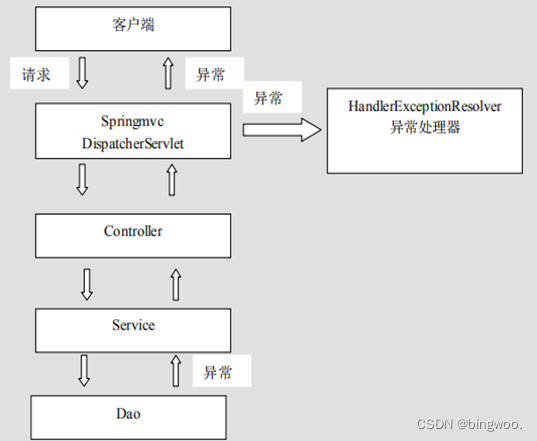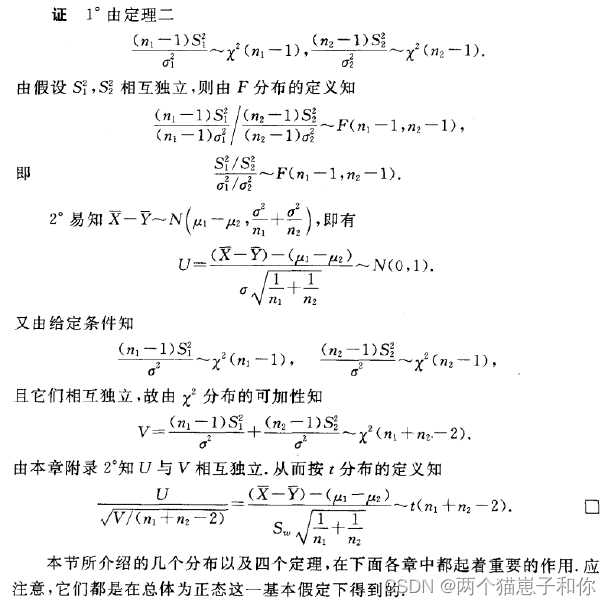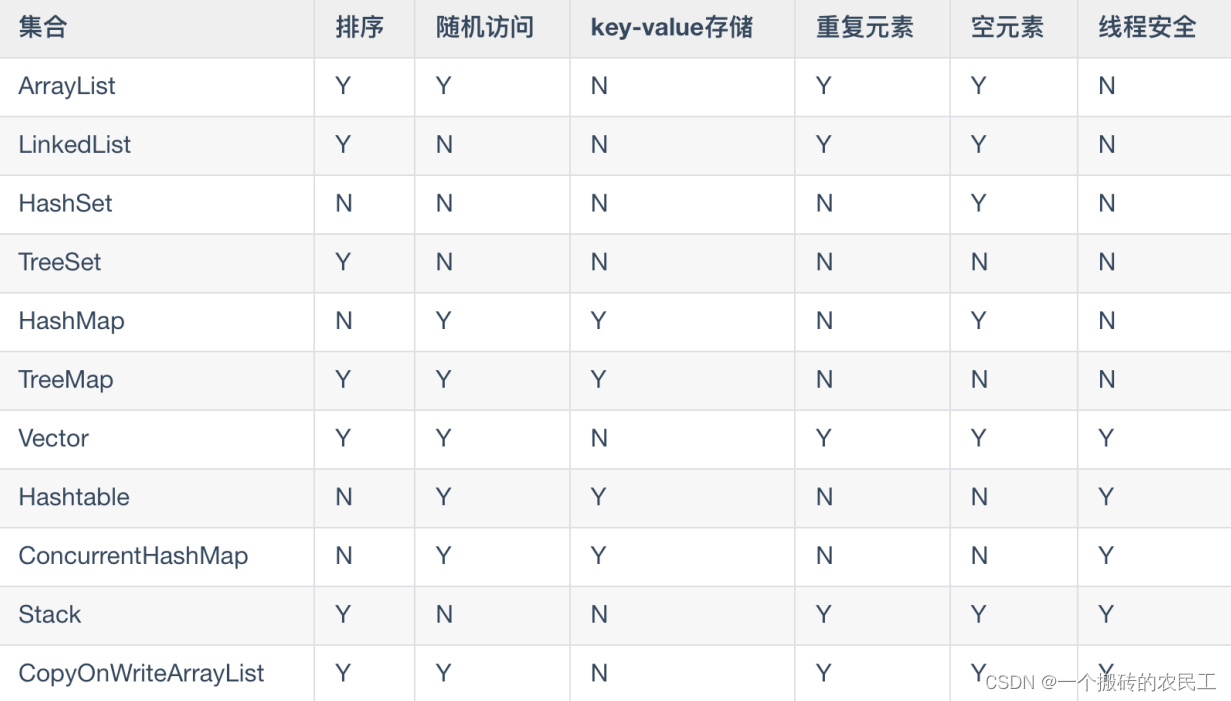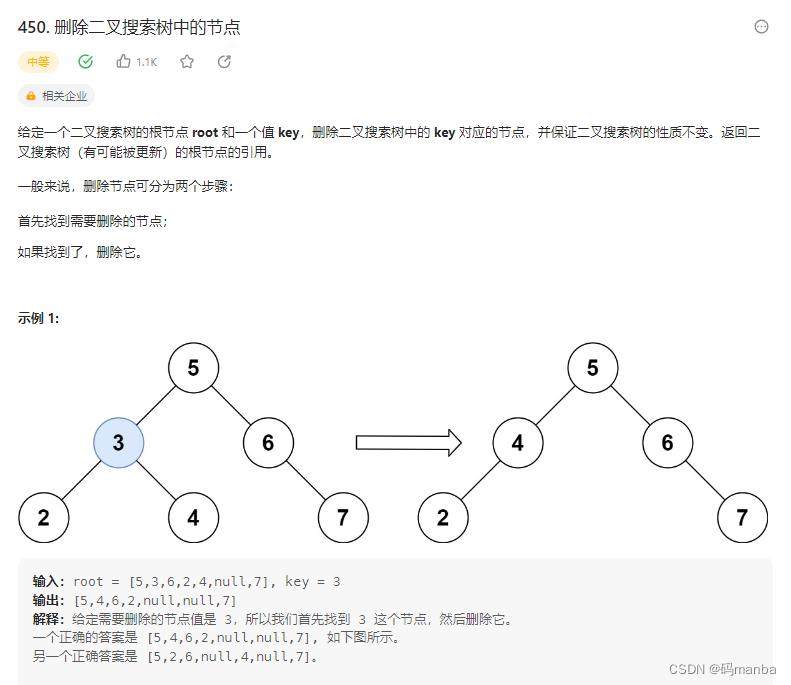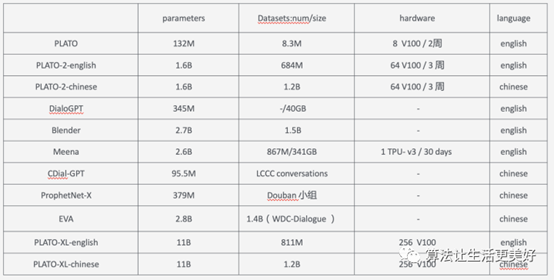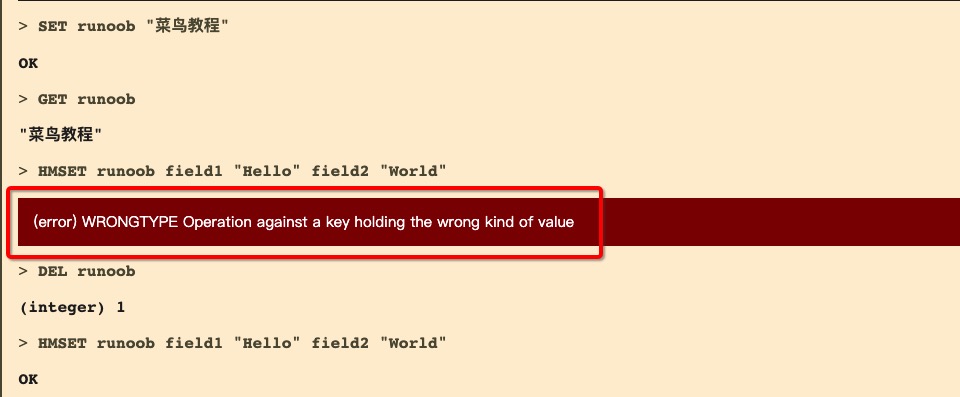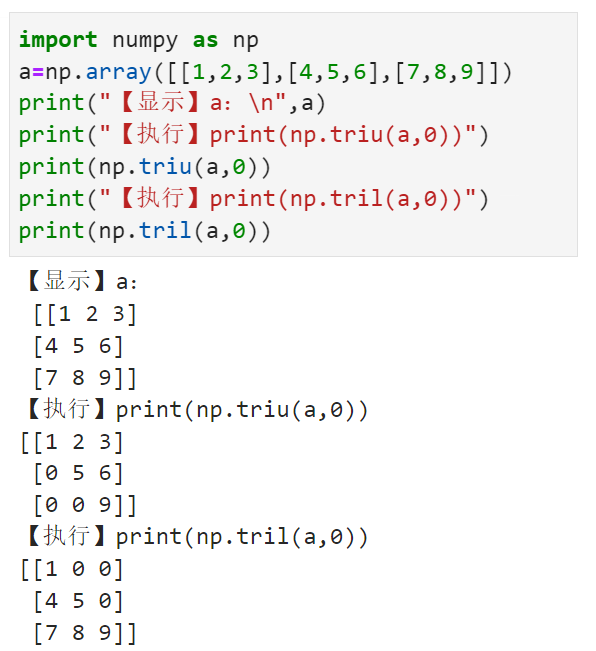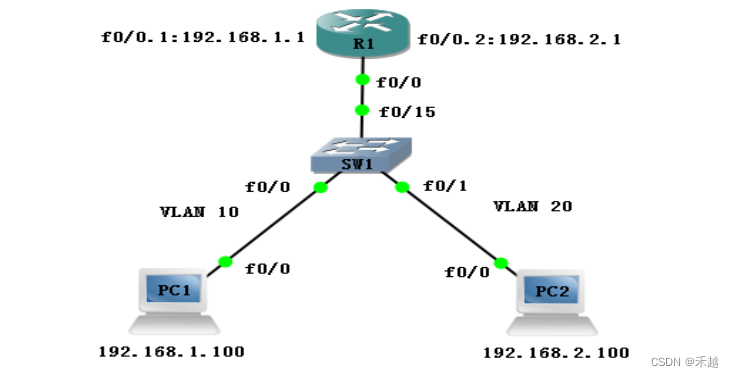目录
1.方式一:继承Thread(2种写法)
写法①(常规):
a.使用jconsole观察线程
b.启动线程——start方法
PS:(常见面试题)start 方法与 run 方法的区别:
写法②(简化):匿名方式创建子对象
2.方式二:实现Runnable接口(3种写法)
写法③(常规):
写法④(变种):匿名Runnable方式(匿名内部类)
写法⑤(变种):使用Lambda匿名Runable方式(更简单)
3.方式三:实现Callable接口(带返回值可为任意类型)(2种写法)
写法⑥(常规):Callable + FutureTask(一个容器,用来接收线程执行的返回值)
写法⑦(简单):匿名Callable
1.方式一:继承Thread(2种写法)
写法①(常规):
/**
* 继承 Thread 创建线程
*/
public class ThreadDemo3 {
public static void main(String[] args) {
//获得当前的线程
Thread mainThread = Thread.currentThread();
System.out.println("主线程的名称:" + mainThread.getName());
//创建线程
Thread thread = new MyThread();
//开启线程
thread.start();
}
}
class MyThread extends Thread {
@Override //需要重写run方法
public void run() {
//具体的业务执行代码
Thread thread = Thread.currentThread(); //得到当前运行的线程
try {
Thread.sleep(60 * 60 * 1000);
} catch (InterruptedException e) {
e.printStackTrace();
}
System.out.println("线程的名称:" + thread.getName()); //打印当前线程的名称
}
}a.使用jconsole观察线程
启动上面程序后:












b.启动线程——start方法
- 通过覆写 run ⽅法创建⼀个线程对象,但线程对象被创建出来并不意味着线程就开始运⾏了。(相当于提供给线程要做的事情的指令清单。 线程对象可以认为是把李四、王五叫过来了)
- 调⽤ start ⽅法, 才真的在操作系统的底层创建出⼀个线程。 (就是喊⼀声:”⾏动起来!“,线程才真正独⽴去执⾏了)
PS:(常见面试题)start 方法与 run 方法的区别:
public class ThreadDemo3 { public static void main(String[] args) { //创建线程 Thread thread = new MyThread(); //开启线程 thread.start(); // thread.run(); } } class MyThread extends Thread { @Override public void run() { System.out.println("你好,线程"); } }二者执行结果都是:
二者具体区别:
区别一:【方法性质不同】run 是一个普通方法,而 start 是开启新线程的方法。
- 调用 run 方法相当于执行普通方法 run,其实是调用当前主程序 main 来执行方法体的,(所有的main方法都会创建一个名为main的线程)并不会开启新线程;
- 而调用 start 方法是真正开启一个新线程来执行任务。
public class ThreadDemo3 { public static void main(String[] args) { //创建线程 Thread thread = new MyThread(); //开启线程 thread.start(); // thread.run(); } } class MyThread extends Thread { @Override public void run() { Thread thread = Thread.currentThread(); System.out.println(thread.getName()); } }start:
run:
区别二:【执行速度不同】调用 run 方法会立即执行任务,调用 start 方法是将线程的状态改为就绪状态,不会立即执行。
- run 方法也叫做线程体,它里面包含了具体要执行的业务代码,当调用 run 方法时,会立即执行 run 方法中的代码(如果当前线程时间片未用完);
- 而调用 start 方法时,是启动一个线程并将线程的状态设置为就绪状态,并不会立即执行。
区别三:【调用次数不同】run 方法可以被重复调用,而 start 方法只能被调用一次。
- 因为 run 方法是普通方法,而普通方法是可以被多次调用的,所以 run 方法可以被调用多次;
- 而start 方法是创建新线程来执行任务,因为线程只能被创建一次,且线程状态是不可逆的。当线程调用了第一个 start 方法之后,线程的状态就会从新建状态 NEW,变为就绪状态 RUNNABLE,此时再次调用 start 方法,JVM 就会判断出当前的线程已经不等于新建状态,从而抛出 IllegalThreadStateException 非法线程状态异常。
start方法源码:
【Thread 在 start 的实现源码中做了判断看当前线程的状态是不是等于 0,也就是是否为新建状态NEW,如果线程不是新建状态 NEW,则会抛出非法线程状态异常 IllegalThreadStateException。】
public class ThreadDemo3 { public static void main(String[] args) { //创建线程 Thread thread = new MyThread(); //NEW新建状态 //开启线程 thread.run(); //RUNABLE运行状态 thread.run(); thread.run(); thread.start(); thread.start(); thread.start(); } } class MyThread extends Thread { @Override public void run() { Thread thread = Thread.currentThread(); System.out.println(thread.getName()); } }
写法②(简化):匿名方式创建子对象
public class ThreadDemo6 {
public static void main(String[] args) {
//创建线程并初始化
Thread thread = new Thread() {
@Override
public void run() {
Thread t = Thread.currentThread();
System.out.println("任务执行:" + t.getName());
}
};
//执行线程
thread.start();
}
}
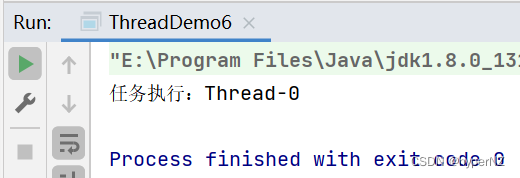
写法和↓类似:
List<String> list = new ArrayList<String>() {{
add("ddd");
}};继承Thread新建线程的缺点:Java 是单继承,继承了 Thread 就不能继承其他类了;然⽽ Java 可以实现多个接⼝,于是有了下⼀种⽅式。
2.方式二:实现Runnable接口(3种写法)
写法③(常规):
/**
* 实现Runnable接口新建线程
*/
public class ThreadDemo4 {
public static void main(String[] args) {
// Runnable不是Thread的子类,所以不能用之前的方式直接new一个MyThread2()
// 而Thread类可以接收一个Runnable接口作为它的入参
//创建Runnable
MyThread2 myThread2 = new MyThread2();
//创建一个线程
Thread thread = new Thread(myThread2);
//启动线程
thread.start();
}
}
class MyThread2 implements Runnable {
@Override
public void run() {
//具体的业务代码
Thread thread = Thread.currentThread(); //得到当前线程
System.out.println("线程执行:" + thread.getName());
}
}写法④(变种):匿名Runnable方式(匿名内部类)
/**
* Runnable匿名内部类来创建
*/
public class ThreadDemo5 {
public static void main(String[] args) {
//匿名内部类
Thread thread = new Thread(new Runnable() {
@Override
public void run() {
//业务代码
Thread t = Thread.currentThread();
System.out.println("执行任务:" + t.getName());
}
});
//启动线程
thread.start();
}
}
写法⑤(变种):使用Lambda匿名Runable方式(更简单)
/**
* 使用 lambda 来创建 Runnable
*/
public class ThreadDemo7 {
public static void main(String[] args) {
//创建线程
Thread thread = new Thread(() -> {
//具体业务
Thread t = Thread.currentThread();
System.out.println("任务执行:" + t.getName());
});
//启动线程
thread.start();
}
}

进入Lambda表达式查看源码:

Lambda表达式是对于Runnable这个FunctionalInterface的一个实例化。
注:以上简单&变种支持JDK1.8+版本。
以上5种写法的共同问题:都没有返回值,当线程执行完成之后,主线程没法拿到新线程的执行结果。
3.方式三:实现Callable接口(带返回值可为任意类型)(2种写法)
写法⑥(常规):Callable + FutureTask(一个容器,用来接收线程执行的返回值)
Runnable(JDK1.0)比Callable(JDK1.5)诞生得早,后来当需要拿到线程的返回值时(使用频率低),为了不增加学习成本,改动原有Thread写法,新创建了FutureTask来接收线程执行的返回值。
import java.util.Random;
import java.util.concurrent.Callable;
import java.util.concurrent.ExecutionException;
import java.util.concurrent.FutureTask;
/**
* 实现Callable新建线程
*/
public class ThreadDemo8 {
public static void main(String[] args) throws ExecutionException, InterruptedException {
//创建Callable实例
MyCallable myCallable = new MyCallable();
//用于接收Callable结果的对象
FutureTask<Integer> futureTask = new FutureTask<>(myCallable);
//创建新线程
Thread thread = new Thread(futureTask); //Thread线程只能接收2种类型的参数,要么是Runnable,要么是FutureTask,不能直接接收一个Callable对象
//启动线程
thread.start();
//接收新线程执行的结果
int result = futureTask.get();
System.out.println(Thread.currentThread().getName() + "——新线程返回的结果为:" + result);
}
}
/**
* Callable<V> 泛型里面可以是任意数据类型
*/
class MyCallable implements Callable<Integer> {
@Override
public Integer call() throws Exception {
//生成随机数的范围是0-9
int randomNum = new Random().nextInt(10);
System.out.println(Thread.currentThread().getName() + "——随机数:" + randomNum);
return randomNum;
}
}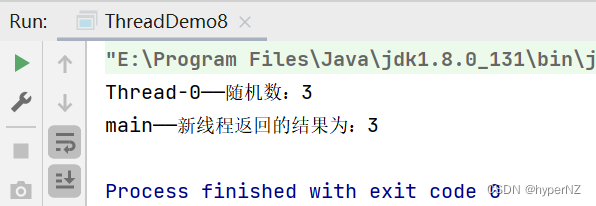
写法⑦(简单):匿名Callable
import java.util.Random;
import java.util.concurrent.Callable;
import java.util.concurrent.ExecutionException;
import java.util.concurrent.FutureTask;
public class ThreadDemo9 {
public static void main(String[] args) throws ExecutionException, InterruptedException {
FutureTask<String> futureTask = new FutureTask<>(new Callable<String>() {
@Override
public String call() throws Exception {
//新线程执行的业务代码
String[] arrs = new String[]{"Java", "MySQL","Thread"};
//随机返回一个字符串
String result = arrs[new Random().nextInt(3)];
System.out.println(Thread.currentThread().getName() + "——字符串:" + result);
return result;
}
});
//创建新线程
Thread thread = new Thread(futureTask);
//启动线程
thread.start();
String result = futureTask.get();
System.out.println(Thread.currentThread().getName() + "——新线程的返回值:" + result);
}
}

- 如果是 JDK 1.8 以上版本(含1.8),在不需要获得线程执⾏结果的情况下,推荐使⽤写法②匿名方式创建子对象或写法⑤Lambda ⽅式来创建线程,因为简洁。
- 如果想要获取线程执⾏结果,推荐使用写法⑦ FutureTask + Callable 的⽅式来实现。
